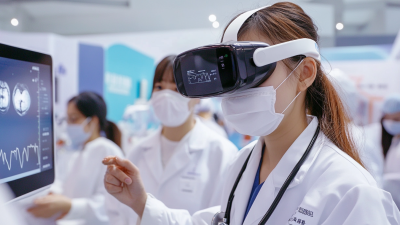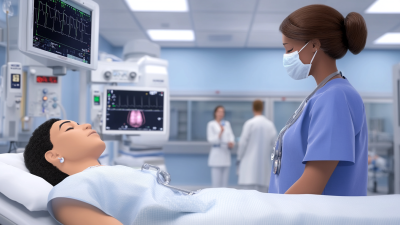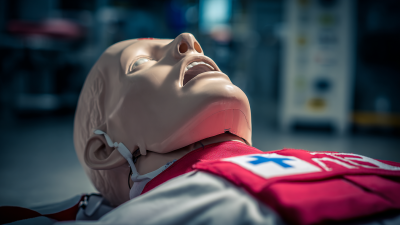In recent years, the healthcare industry has witnessed a transformative shift towards the integration of advanced technologies in medical education and training. According to a report by the International Society for Simulation in Healthcare (ISSH), the global medical simulation market is projected to reach $2.3 billion by 2026, with virtual reality (VR) solutions playing a pivotal role in this growth. Medical Simulation VR not only enhances the learning experience by providing immersive and interactive environments but also significantly reduces training costs and time. As traditional methods struggle to keep pace with the complexities of modern medicine, innovative VR solutions have emerged as essential tools for mastering medical training. This comprehensive guide will explore how these technologies revolutionize the way practitioners acquire skills, improve patient outcomes, and prepare for real-world medical scenarios.
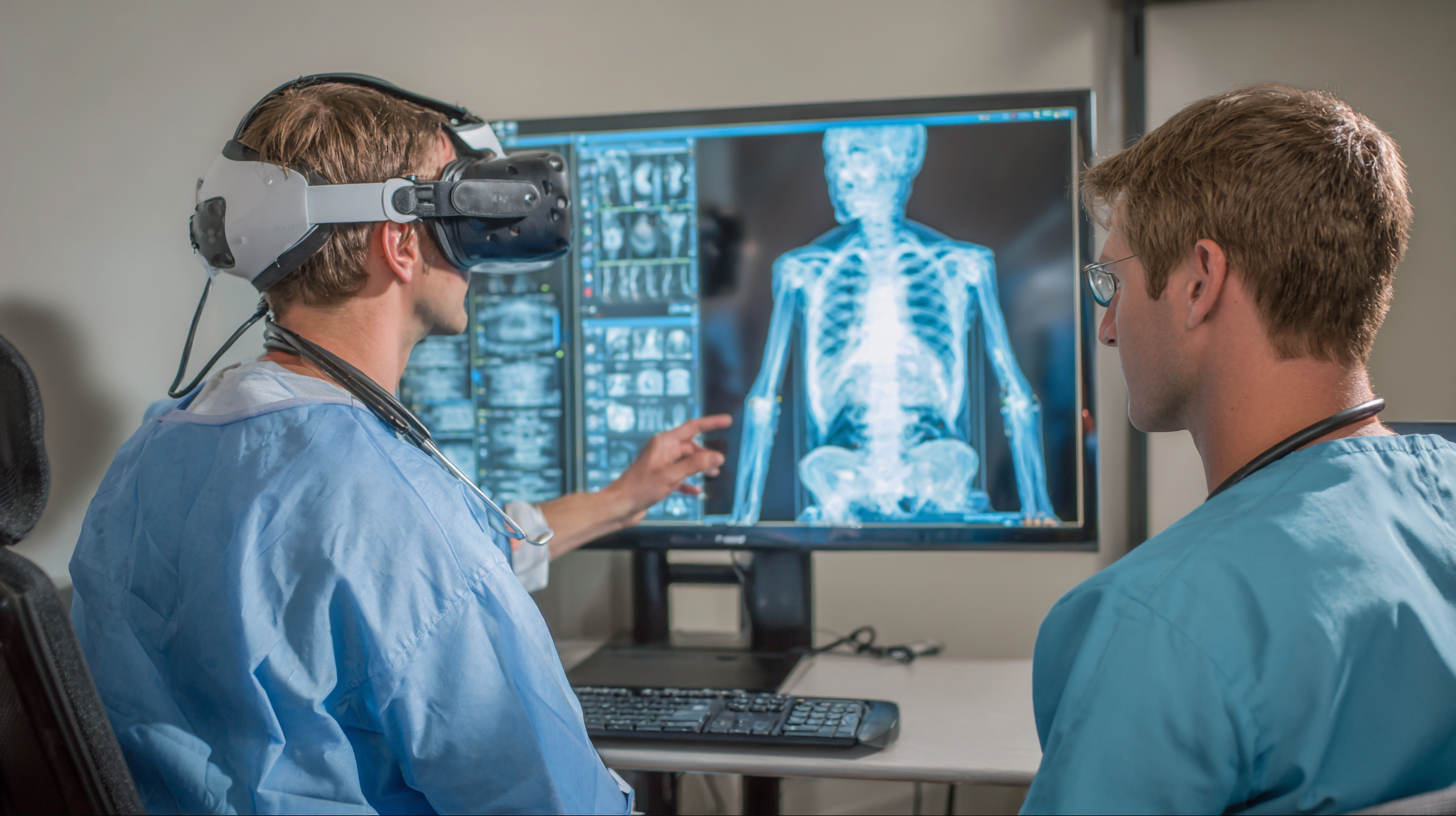
Virtual Reality (VR) technology is increasingly transforming the landscape of medical training, providing immersive and interactive experiences that enhance learning outcomes. By simulating real-life medical scenarios, VR enables trainees to practice procedures and make critical decisions in a safe, controlled environment. This hands-on approach not only boosts retention of knowledge but also fosters the development of essential skills, allowing medical professionals to gain confidence before dealing with real patients.
The integration of VR in medical training is supported by a growing market demand. As industries expand into various applications such as aerospace, automotive, and healthcare, the significance of simulation technologies becomes evident. While the healthcare sector benefits immensely through improved training methodologies, areas like research and development are also harnessing VR capabilities to accelerate innovation. With companies investing heavily in VR solutions, the future promises to bring even more sophisticated and accessible training tools that can redefine how medical education is perceived and delivered.
Virtual reality (VR) simulations are transforming medical training by providing healthcare professionals with immersive and interactive experiences that enhance learning outcomes. Unlike traditional methods, VR allows practitioners to engage in realistic scenarios that closely mimic real-life situations, making it an invaluable tool for skill development. With these simulations, healthcare providers can practice complex procedures, refine their decision-making skills, and build confidence in a safe environment, free from the pressures of actual patient care.
Moreover, VR training addresses the challenge of accessibility in medical education. It effectively bridges the gap for professionals in remote areas or those who may not have access to state-of-the-art training facilities. With VR, practitioners can train anytime and anywhere, ensuring they stay current with advancements in medical techniques and patient care protocols. This flexibility not only broadens the reach of medical education but also fosters a continuous learning culture within the healthcare industry, ultimately leading to improved patient outcomes.
| Dimension | Description | Benefits | Target Users |
|---|---|---|---|
| Realistic Scenarios | Simulations that mimic real-life medical situations for hands-on practice. | Enhances critical thinking and decision-making skills. | Medical Students, Residents |
| Patient Interaction | Training modules that allow for simulated patient interactions. | Improves communication and empathy towards patients. | Nurses, Physicians |
| Feedback Mechanism | Instant feedback provided to users after simulation practice. | Allows for self-assessment and continuous improvement. | All Healthcare Professionals |
| Reduced Risk | Practice procedures without risks to real patients. | Increases confidence before performing on actual patients. | Surgery Trainees, Interns |
| Accessibility | VR training available remotely, anytime and anywhere. | Flexible learning, accommodating various schedules. | Busy Healthcare Professionals, Remote Learners |
The integration of Virtual Reality (VR) solutions into existing medical curricula is revolutionizing the way healthcare professionals are trained. By providing immersive experiences, VR bridges the gap between theoretical knowledge and practical application. In emergency medical services (EMS) education, for instance, VR technology enables learners to engage in realistic scenarios without the risks associated with live training. This innovative approach not only enhances skill retention but also fosters critical thinking in high-pressure environments.
**Tips for Integrating VR into Medical Training:**
1. Start small by incorporating VR modules into specific courses to evaluate their effectiveness before a full-scale rollout.
2. Collaborate with technology providers to customize VR experiences that align with curriculum objectives, ensuring practical relevance.
3. Solicit feedback from students and instructors to refine the VR integration and enhance engagement.
Embracing next-generation simulation through VR can also significantly improve patient care training. As healthcare continues to evolve, digital tools like VR are essential for preparing future professionals. By making learning more interactive and accessible, educators can vastly improve the quality of medical training, ultimately benefiting patient outcomes in the real world.
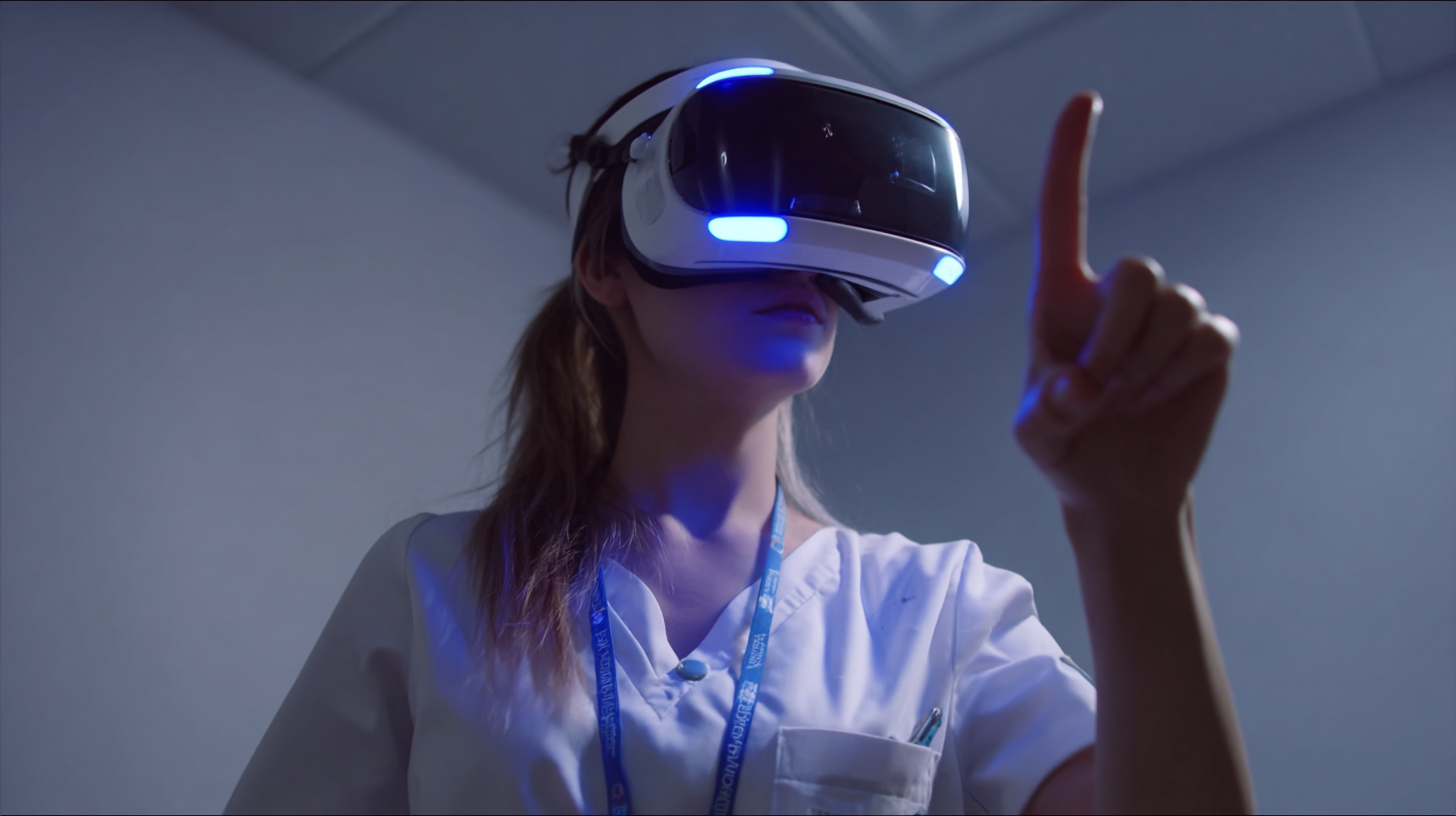
The integration of Virtual Reality (VR) in medical training is revolutionizing how healthcare professionals acquire skills in various specialties. According to a recent report by the Journal of Medical Internet Research, VR training can improve surgical skills by up to 230% compared to traditional methods. This transformation is largely due to the immersive experiences that VR provides, allowing trainees to practice procedures in a controlled, low-risk environment.
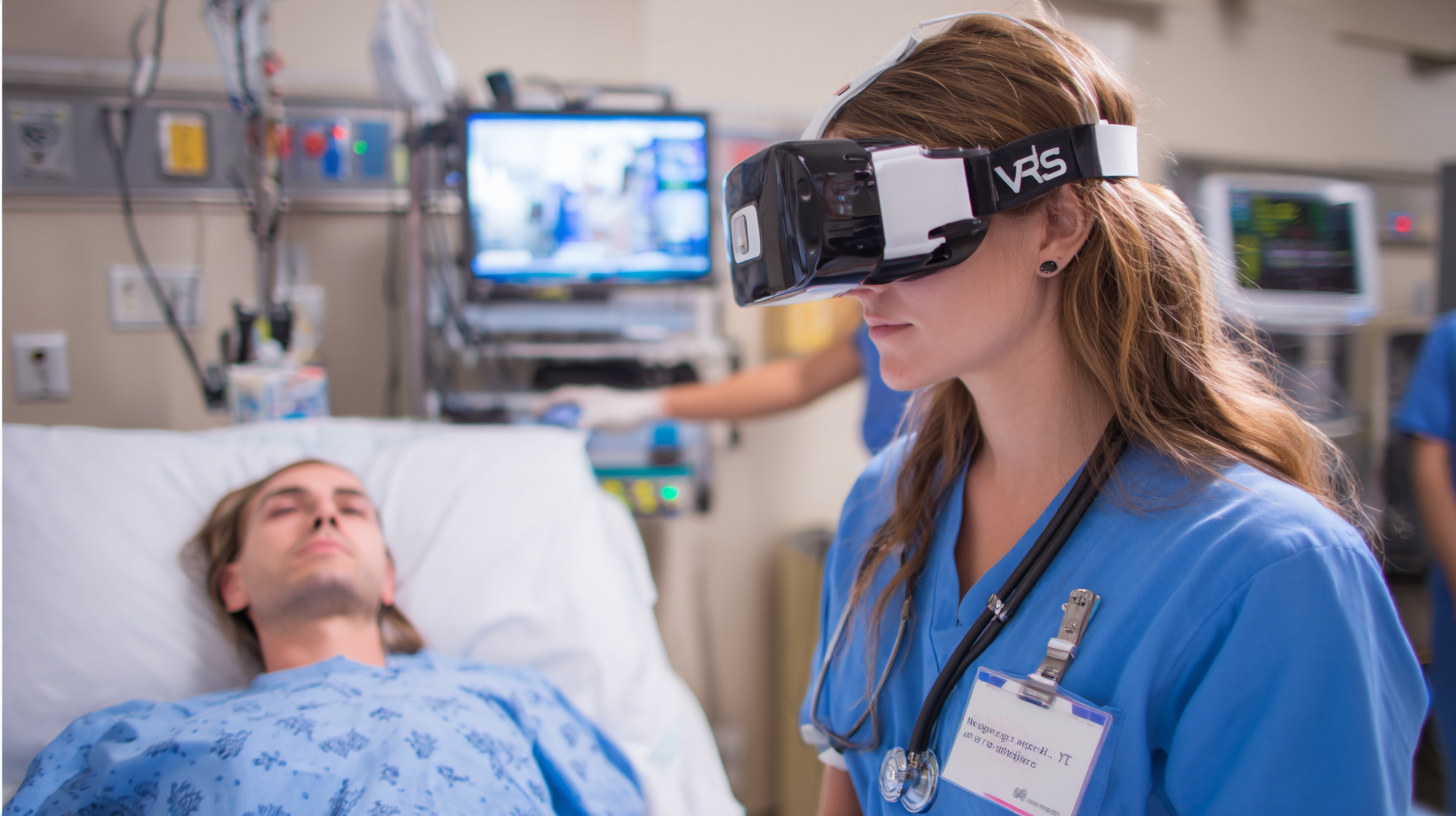
Designing effective VR training modules requires a tailored approach specific to each medical specialty. For instance, simulation scenarios for orthopedic surgery differ significantly from those in neurosurgery or nursing. A study from the New England Journal of Medicine emphasizes that customizable VR training modules enhance engagement and retention, as healthcare providers can relate the training directly to their field. Furthermore, incorporating feedback mechanisms within these modules leads to a 50% increase in skill acquisition efficiency, making VR an indispensable tool in modern medical education.
The integration of virtual reality (VR) into medical training is revolutionizing the way healthcare professionals are educated. One of the most compelling aspects of VR training is its measurable impact on clinical outcomes and competency. By creating immersive simulations that replicate real-world scenarios, VR enhances the learning experience, leading to improved skills retention and higher confidence levels among trainees. Studies have shown that medical professionals trained in VR environments demonstrate enhanced decision-making capabilities and procedural proficiency when compared to traditional learning methods.
Tip 1: Encourage active participation in VR training sessions. Trainees should engage fully in simulations, as this active involvement is crucial for developing critical thinking and clinical reasoning skills that translate to real-life practice.
Tip 2: Incorporate assessments to evaluate the effectiveness of VR training. Regular, structured feedback based on performance during VR sessions allows both trainers and trainees to identify strengths and areas for improvement, ultimately fostering a more competent workforce.
The ability to analyze the impact of VR training on clinical outcomes provides valuable data that can be used to further refine training programs. By continually measuring success, healthcare institutions can adapt their curricula to meet the evolving needs of their staff, ensuring better patient care.

